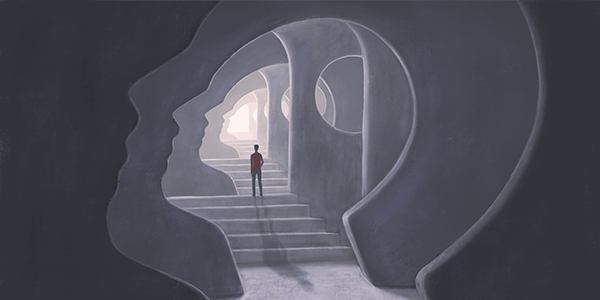So why does WWYD work?
To be honest, the best way to experience why ‘What Would You Do’ works so well in changing behaviours is to play it. Better still, get some of your hard to reach talent to play it while you sit back and watch. You will see how the game play creates a safe space, allowing the group to have conversations that they would never happen in a meeting or a training session. Watch how they interact, share and start to learn from each other, and notice how they craft what the right behaviours for your organisation should look like. You will see the penny drop as they realise why the right management behaviours may not be the easiest in the short term, but the upfront effort pays off in the long term. You see, you really have to play it.
You can have a go today – there is a scenario on this website you can play right now, or download a sample pack of scenarios to use the next time you have your team together.
To help you understand the power of WWYD, consider these four areas:
WHY WWYD WORKS
Psychology

WWYD was designed with psychology at the heart of it. How could it not? The purpose of WWYD is to drive changes in behaviour.
There are several concepts from psychology that underpin the way that the game is constructed. Psychology safety created through game set up of ‘just a game’ creates the space to have difficult conversations. Visualisation is created when the team talk through the right approach, creating options for them when the encounter similar senarios for real in the future. Facilitators can also drive commitment by asking the group to publicly commit to their future behaviour. Of course, all of this is hidden from the group, but now you know it is happening you may be able to spot it when you watch people play.
WHY WWYD WORKS
Gamification
Gamification of learning has many benefits, which is why it has become so popular in corporate Learning and Development. Even though there are different versions of What Would You Do, they all use similar gamification ideas.
We don’t really associate games with work, in fact, you are more likely to think of family holidays on a rainy day than a training session. It is these rules that we imagine in our head that WWYD utilises, creating equality and safety across the group, regardless of position or length of service. The competitive element keeps people engaged, and if it gets a little tense, the tension quickly eases away because it is ‘just a game’.

WHY WWYD WORKS
Social Learning

We learn very little about our roles from formalised training. The popular 70:20:10 approach suggests that formalised training is just 10% of the mix, the rest coming from our own efforts and the support of the team around us. WWYD is constructed to allow the group to share ideas, experiences and approaches, creating a shared learning environment where everyone is learning from everyone. This goes beyond the WWYD sessions; building learning relationships in the workplace that ensures the collective wisdom of all your people is utilised in day-to-day interactions.
WHY WWYD WORKS
Group Coaching
WWYD is a facilitated session, with the facilitator gently nudging and coaching the group to find the best possible answers. The facilitation is structured, and the session guides have questions and debriefs that effectively support the facilitator to coach. In fact, with a bit of confidence and reasonable people skills, we have seen managers start to coach after just 10 or 15 minutes of training. WWYD can create coaches across your organisation; we have done the hard work of creating a framework; they just need to guide the conversation and share their wisdom with the group.

